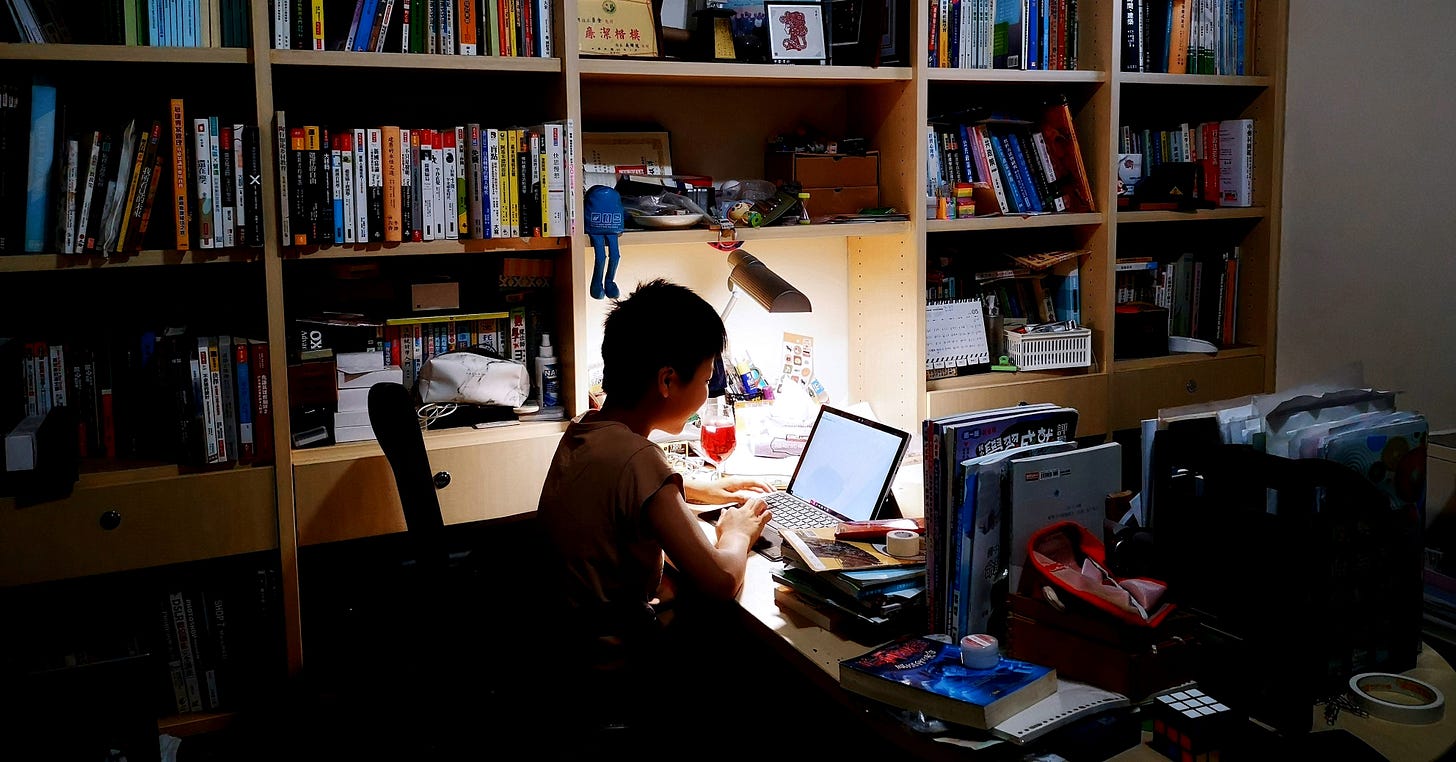Visibility in Academia
Building a digital presence that reflects your work
I was scrolling through LinkedIn a few months ago when I came across a post from a colleague I hadn’t seen in years. The headline caught my attention:
“Law Professor Wins Teaching Award.”
Curious, I clicked on her profile to learn more about her recent work.
What I found was discouraging.
Her faculty bio was three years out of date, listing research interests she had long since moved away from. Her university webpage featured a pixelated headshot that looked like it was from the early 2000s. Her LinkedIn profile mentioned projects completed years ago, with no trace of the award-winning teaching that had just earned national recognition.
Here was a brilliant scholar making significant contributions.
Yet her online presence told the story of someone who had vanished from academia years ago. Unless someone found the headline that I did, they might never learn about her remarkable accomplishments.
Unfortunately, this is not uncommon.
Many academics feel frustrated that colleagues seem unaware of their recent work. Invitations to speak, collaborate, or comment on their research rarely come. The work they pour themselves into—work that matters—feels invisible.
Your digital presence isn’t vanity.
It’s visibility.
And in the modern academic landscape, visibility directly impacts your ability to advance your scholarly mission.
The Visibility Paradox
Academic culture sends mixed signals about visibility.
We are told our work should speak for itself, yet we are increasingly expected to promote it. We are encouraged to build professional networks but cautioned against self-promotion. We are advised to engage with public scholarship but warned to maintain scholarly credibility.
This creates what I call the visibility paradox.
Academics know they need to be seen, but they’re not sure how to do it authentically in digital spaces.
The result is often one of two extremes:
1. Complete digital absence
Some scholars avoid an online presence entirely, believing it is beneath their professional dignity or fearing they’ll appear self-promotional. They focus exclusively on traditional academic outlets—journals, conferences, university channels—and wonder why their work seems to go unnoticed.
2. Scattered digital chaos
Others recognize the need for an online presence but approach it haphazardly. They create profiles on multiple platforms without strategy, post sporadically, and present different versions of themselves across platforms. Their digital presence becomes a confusing collection of outdated or conflicting information that doesn’t serve their goals.
Neither approach serves your scholarly mission.
Complete absence renders your work invisible to potential collaborators, media outlets, and broader audiences.
Scattered presence confuses your audience and dilutes your impact.
Strategic visibility is the alternative.
This entails a cohesive digital presence that authentically represents your scholarly identity and amplifies your story.
The Hidden Costs of Digital Neglect
Before we explore strategy, let’s acknowledge what’s at stake.
An outdated or nonexistent online presence affects your career in ways you might not immediately realize:
Lost collaboration opportunities: Potential colleagues searching for experts might never find you. If your work aligns with theirs, they may never know.
Missed media attention: Journalists increasingly find experts through online searches. If your digital presence isn’t clear or accessible, you miss opportunities to share insights with broader audiences.
Reduced student interest: Graduate students researching potential advisors, and undergraduates considering courses, often start online. An outdated or confusing profile could turn promising students elsewhere.
Limited funding success: Grant reviewers may look up applicants online. A strong digital presence can reinforce credibility, while a poor one can undermine it.
Diminished institutional value: Universities value faculty who represent them effectively. A thoughtful digital presence signals communication skills and public engagement.
The cost of digital neglect isn’t only missed opportunities.
It’s the slow erosion of professional influence and impact.
The Broader Implications
Digital visibility isn’t just about personal gain.
It shapes the way your field understands and interacts with your work.
If scholars are invisible, ideas stagnate. If promising students can’t find mentors, talent goes elsewhere. If media and policymakers miss your expertise, your research’s societal relevance is lost.
In today’s environment, online presence is a professional responsibility, not a luxury. It ensures that your ideas, efforts, and insights reach the audiences they deserve.
Reflection Exercise
Before moving to “how,” start with an audit of your current digital presence:
Search for yourself online: Google your name. What comes up? Is it accurate, complete, and engaging?
Review your LinkedIn and social media profiles: Are they current? Do they clearly communicate your expertise? Is there a sense of cohesion?
Check your university faculty page: Does it reflect your latest research, teaching, and professional accomplishments?
Ask yourself:
Is my information accurate and up to date?
Is my story consistent across platforms?
Would someone unfamiliar with my work understand what I do and why it matters?
Is it easy for people to contact me or learn more about my work?
Does my online presence reflect the scholar I truly am?
The first step in building an effective academic digital presence is acknowledging why it matters.
Your work is too important to remain hidden.
Your insights deserve an audience, and your story deserves to be told.
Next week, we’ll move from why to how.
This includes the strategies, platforms, and approaches that allow you to build a digital presence that genuinely amplifies your scholarly identity and makes your work accessible and impactful.
Stay tuned!
Becoming Full,
P.S. As always, thank you for reading this week’s issue of The Tenure Track. If you found this article helpful, share it with a friend. If it moved you, consider supporting with a paid subscription or buying me a coffee. Together, let’s continue to build a supportive and creative academic community.
Your support helps me create content that serves fellow scholars on the path.




I really like the list of reasons for prioritising a digital presence beyond the more obvious - including attracting students who would benefit from one’s expertise.